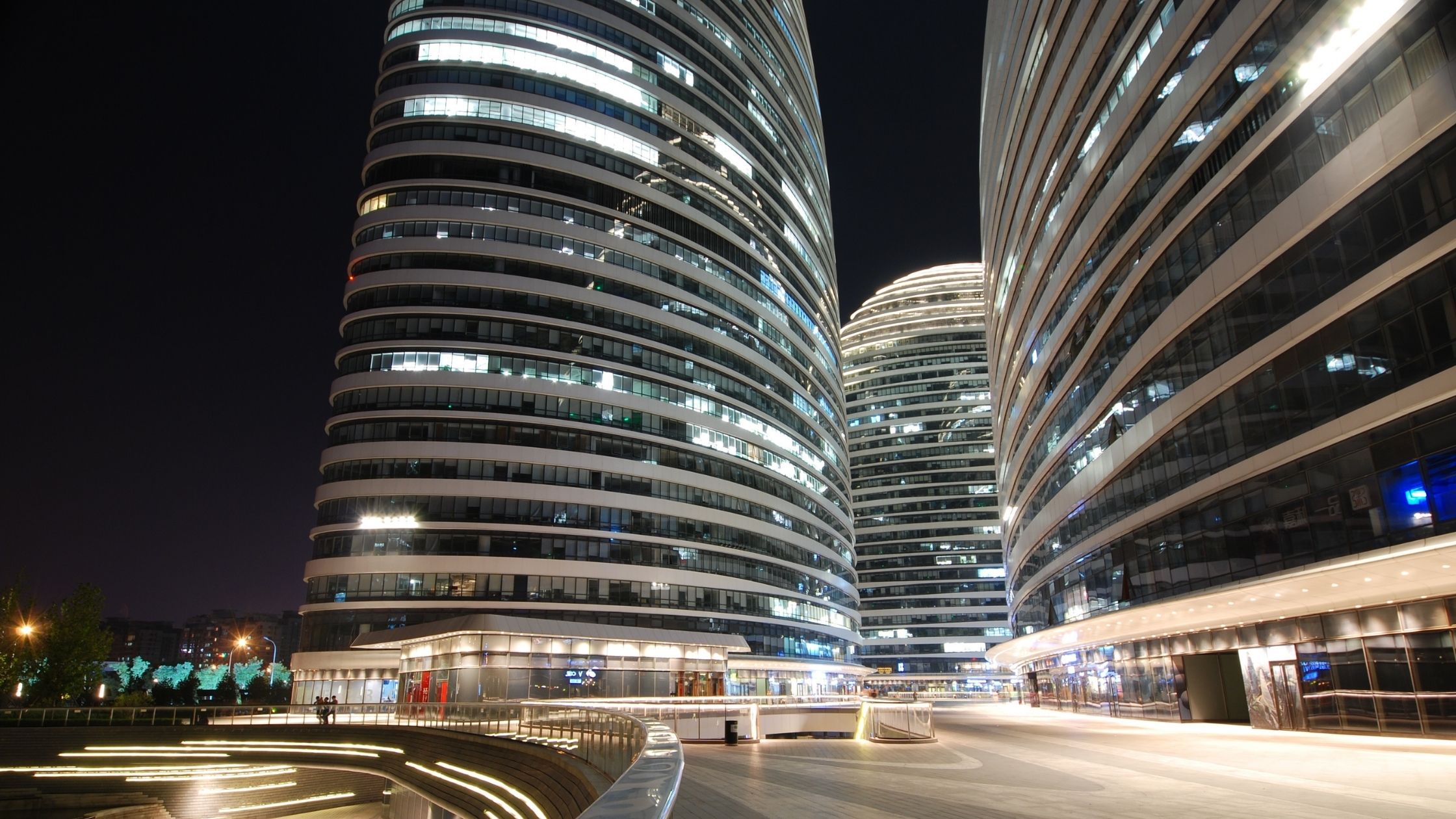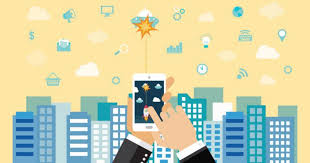
Presence modern ETHICAL
Biggest crisis of modern era (Future)
“If you are neutral in situations of injustice, you have chosen the side of the oppressor.”
Starting with the quote from Deshmond Tutu, it very well highlights the fact that if we do not oversee the challenges coming ahead, the future generations will see us as the oppressor who could not act at the time. Here I address not all but worth mentioning threats which have potential.
The World Economic Forum’s Global Risks Report 2023 highlights a dire predicament for our world: energy, food, inflation, and cost of living as the most urgent global risks in the immediate future. Even more worrying is the revelation that the cost-of-living crisis will continue to reign supreme over other pressing issues in the coming two years, with natural disasters and trade and technology wars trailing closely behind.
Over the next 10 years however, lack of climate mitigation and climate adaptation lead, with biodiversity loss and ecosystem collapse, are viewed as one of the most rapidly deteriorating global risks over the next decade.
1.Geoeconomic confrontation
Only international cooperation can address urgent global issues such as fixing shortages of food and other products, eliminating barriers to growth, and saving our climate.
Russia’s invasion of Ukraine has compounded the Covid-19 pandemic—a crisis upon a crisis—devastating lives, dragging down growth, and pushing up inflation.
Over the past three decades, flows of capital, goods, services, and people have transformed our world, helped by the spread of new technologies and ideas. These forces of integration have boosted productivity and living standards, tripling the size of the global economy and lifting 1.3 arab people out of extreme poverty. However successes of integration have also brought complacency. Inequalities of income, wealth, and opportunity have continued to worsen within too many countries for a long time. People have been left behind as industries have changed amid global competition.
Tensions over trade, technology standards, and security have been growing for many years, undermining growth and trust in the current global economic system. Uncertainty around trade policies alone reduced global gross domestic product in 2019 by nearly 1 percent, according to IMF research.
Let us think of the impacts of reconfigured supply chains or changes in the distribution network for raw materials and finished goods, and higher barriers to investment. They could make it more difficult for developing nations to sell to the rich world, gain know-how, and build wealth. Advanced economies would also have to pay more for the same products, hence inviting inflation. And productivity would suffer as they lost partners who currently co-innovate with them. IMF research estimates technological fragmentation alone can lead to losses of 5 percent of GDP for many countries. Therefore, we must weave our economic fabric in new and better ways.
First, strengthen trade to increase resilience.
We can start now by lowering trade barriers to alleviate shortages and lower the prices of food and other products.
New research by the IMF (International Monetary Fund) shows that diversification can significantly mitigate potential losses to a country’s GDP (Gross Domestic Product) from supply chain disruptions. If companies diversify their suppliers or use parts that are interchangeable or more widely available, they can reduce their losses by as much as 80%.
This means that companies can be more resilient in the face of unexpected events such as pandemics, natural disasters, or geopolitical tensions. By being better prepared, they can continue to function and contribute to their country’s economic growth, even when faced with significant challenges.
Second, step up joint efforts to deal with debt.
Roughly 60% of low-income countries are struggling with serious debt issues. Therefore, the Group of Twenty (G20) must urgently enhance its Common Framework for Debt Treatment. This means making the framework more efficient by clarifying rules and timelines for both debtors and creditors. It also means expanding the framework’s coverage to other countries facing significant debt vulnerabilities.
Third, modernize cross-border payments .
Inefficient payment systems are another barrier to inclusive growth.
Fourth, confront climate change: the existential challenge that looms above everything .
During the COP26 climate conference, 130 countries, representing over 80 percent of global emissions, committed to achieve net-zero carbon by around mid-century.
But we urgently need to close the gap between ambition and policy. To accelerate the green transition, the IMF has argued for a comprehensive approach that combines carbon pricing and investment in renewables, and compensation for those adversely affected.
2.Widespread cybercrime and cyber insecurity
Cybersecurity was a growing concern even before the Internet became the dominant form of communication. Now with the exponential growth of economic activity taking place solely online, cyberthreats to business, and particularly small business, will likely be a major threat in the coming years.
Data by RiskIQ suggests cybercrime costs organizations Rs. 2.3 Crore every minute, and major businesses lose Rs 18000 per minute as a result of data breaches. According to Accenture its research shows that nearly 70% of business leaders feel their cybersecurity risks are increasing and, according to Varonis, only 5% of companies’ data is properly protected.
Let’s explore some of the key emerging technologies and the associated risks they pose.
Internet of Things (IoT)
While IoT offers convenience and efficiency, it also presents significant security challenges. Many IoT devices have weak security protocols, making them easy targets for attackers. Compromised IoT devices can be used to launch large-scale distributed denial-of-service (DDoS) attacks or gain unauthorized access to networks.
Cloud Computing: The adoption of cloud computing has revolutionized data storage and processing. However, it has also introduced unique security concerns. Cloud environments store vast amounts of sensitive data, making them attractive targets for hackers. Misconfigurations, inadequate access controls, and vulnerabilities in cloud infrastructure can lead to data breaches and unauthorized access to sensitive information.
Artificial Intelligence (AI): AI technologies are increasingly being utilized in various applications, including cybersecurity. While AI can enhance threat detection and response capabilities, it can also be exploited by attackers. Adversarial machine learning techniques can be used to deceive AI systems, leading to false positives or false negatives in threat detection. Additionally, AI-powered social engineering attacks can manipulate human behavior and deceive individuals into divulging sensitive information.
Blockchain: Blockchain technology, known for its decentralized and tamper-resistant nature, has gained significant attention in recent years. However, even though blockchain itself is considered secure, vulnerabilities can arise in the surrounding infrastructure. Smart contract vulnerabilities, flaws in wallet software, and social engineering attacks targeting cryptocurrency users are some of the risks associated with blockchain technology.
3.Large-scale involuntary migration
Over the last decade, the number of international migrants has grown consistently, from 22.1 crore people in 2010 to 28.1 crore in 2020.Economic hardship, climate change, conflict and political instability are forcing millions more people to leave their homes.
Economic migration often has considerable benefits for both origin and destination countries. While most cross-border migration takes place between low- and middle-income countries, 83% of non-migrant residents in the 22 richest Organisation for Economic Co-operation and Development (OECD) countries have experienced net economic gains from the influx of migrants.On the other hand, some project-based migration undertakings to enhance cross-border infrastructure have had negative impacts in destination countries, where the tendency to employ workers from origin countries has reduced opportunities for income and skills transfer for native, destination-country workers.
A call for being together and taking action
It is still within our control to manage these complex, concurrent risks and limit their consequences—provided we can move past short-termism, crises-driven mindsets, and solo approaches. Governments must work key principles which are crucial to prevent further deterioration in the future.
First and foremost, leaders must rethink the time horizon of risks. While risks may play out as having short and long-term impact, action to address those risks must occur in the shortest timeframe, that is, today. This means addressing both socioeconomic and climate concerns now and together in the current risk landscape.
Governments and businesses must partner to invest in societal resilience by promoting financial inclusion, education, health, care, and climate-resilient infrastructure. This will strengthen societies against economic shocks, reduce inequality, and prevent political deadlocks, ultimately leading to sustainable growth and prosperity.
If we are already cautious about the dangers in the coming times and take action to prevent them, we are growing. People must be made aware of these pros and cons so that they could make wise decisions ahead leading to prosperity. Thanking you for being a patient reader, I would like to conclude the discussion with a quote-
“There is nothing more powerful than an idea whose time has come.”
By: Harshik
Write and Win: Participate in Creative writing Contest & International Essay Contest and win fabulous prizes.


